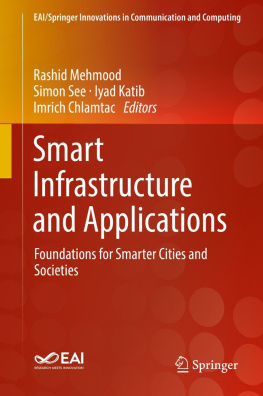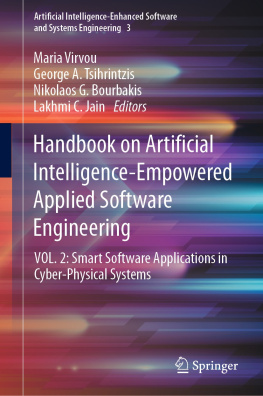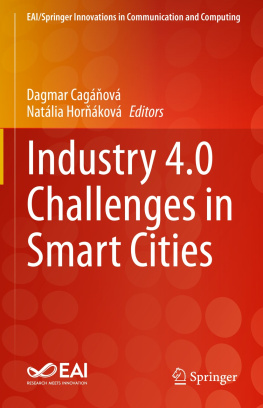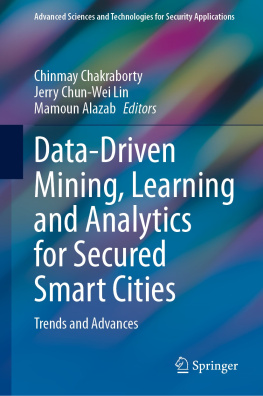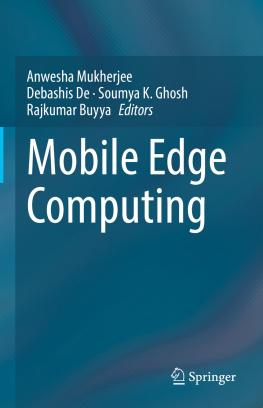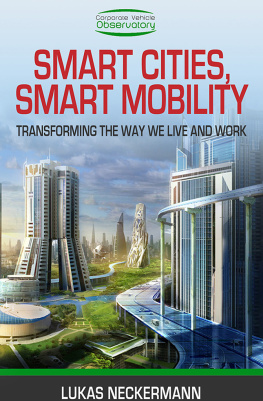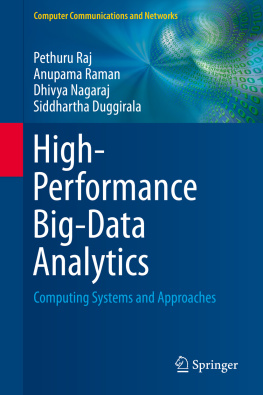Springer Nature Switzerland AG 2020
Rashid Mehmood , Simon See , Iyad Katib and Imrich Chlamtac (eds.) Smart Infrastructure and Applications EAI/Springer Innovations in Communication and Computing https://doi.org/10.1007/978-3-030-13705-2_10
10. An Architecture to Improve the Security of Cloud Computing in the Healthcare Sector
10.1 Introduction
Cloud technology is a widely adopted technology in the present era. This technology has given new life to all business organizations. It is also used in the healthcare sector and is increasing business flexibility in medical organizations. Flexibility, pay-as-you-go, cost effectiveness, greater efficiency, and agility are some of the benefits of this technology. While there are many advantages, there are also some risks, particularly with regard to the security of data in the cloud, which is the most challenging issue at all times. In cloud computing this has became more problematic because the actual data are stored in another location. So, provision of security for the data in the cloud is a tedious task for cloud computing organizations. We are talking here only about the healthcare cloud.
At present the healthcare sector requires creation of an environment that reduces time-consuming efforts and other costly operations to obtain a patients complete medical records and uniformly integrate this heterogeneous collection of medical data to deliver them to the healthcare system. Electronic health records (EHRs) have been widely adopted to enable healthcare providers and patients to create, manage, and access healthcare information from any place and at any time. Cloud services provide the necessary infrastructure at lower cost and better quality. Cloud computing, when used in the healthcare sector, reduces the cost of storing, processing, and updating, with improved efficiency and quality. But the security of data in the cloud is not satisfactory today. The EHR consists of images of the patients records, which are highly confidential. EHRs in healthcare include scan images, DNA reports, x-rays, etc., which are considered the patients private data. Provision of security for a large volume of data with high efficiency is required. Data in the healthcare cloud are in an encrypted form. These data are very important and an attractive target for cybercriminals. Many researchers have proposed architecture to secure the healthcare cloud, and many techniques for securing the data in the cloud have been investigated. These researchers are both industry experts and academicians. Here, we present some of the researchers previous work.
Kim et al. have presented a trusted model for efficient reconfiguration and allocation of computing resources, depending upon the users request [].
In earlier work, Mehmood and colleagues looked at the use of grid and cloud computing in healthcare []. In this chapter, we discuss security issues in the healthcare cloud and propose architecture to secure data in the healthcare cloud.
Section concludes the chapter.
10.2 Cloud Computing: An Overview
Cloud computing is the spread of computing services such as servers, storage, databases, networking, software, machines and more devices over the internet, which is known as the cloud. Those organizations who offer these services are called cloud providers and normally request money for cloud computing services on the basis of their usage, similarly to how electricity or water are paid for at home. Figure illustrates a typical cloud, which is accessed through various devices and infrastructure.
Fig. 10.1
Cloud architecture
10.2.1 Types of Cloud Services: IaaS, PaaS, and SaaS
Cloud computing services are divided into three categories: infrastructure-as-a-service (IaaS), platform-as-a-service (PaaS), and software-as-a-service (SaaS). These are like a computing stack, because they are created on top of one another and look like a stack. The following is a brief introduction to each type. Figure depicts these three service categories.
- (a)
Infrastructure-as-a-service (IaaS): This is the most basic category of cloud computing. By IaaS, we mean the information technology (IT) infrastructure such as servers, virtual machines (VMs), storage, networks, operating systems, etc., from a cloud service provider on a pay-as-you-go basis [].
- (b)
Platform-as-a-service (PaaS): This refers to cloud computing services that provide an on-demand environment for developing, testing, delivering, and managing software built applications. PaaS is considered to make it easier for developers to rapidly develop web or mobile apps, without thinking about managing the original infrastructure of servers, storage, networks, and VMs needed for development.
- (c)
Software-as-a-service (SaaS): This is a technique for providing software applications over the internet, on demand and typically on a pay-as-you-go basis. In using SaaS, cloud providers host the infrastructure and platform by using the internet, which can be connected to by using web browsers.

Fig. 10.2
Cloud computing overview
10.2.2 Advantages of Cloud Computing
The healthcare sector is switching to cloud computing instead of traditional IT solutions. Its main reasons are to manage dynamic needs for computational resources, scalability of human resources, high infrastructure management costs, and increases in demands for collaboration, multitenancy, and ubiquitous access. To overcome all of these issues, cloud computing offers the simplest and best solutions with cost effectiveness. These solutions are on-demand services, broad network access, resource pooling, measured service, and elasticity. These services are favorable, and their costs and maintenance requirements are easy for both clients and organizations to bear [].
Hence, cloud computing is a big move to uplift anyones business. Let us think about IT resources when there was no cloud computing, so we can easily understand benefits of cloud computing. Why is cloud computing so popular?
Here, we give some common answers to these questions, by which we can easily understand why organizations are turning to cloud computing services. The reasons are:
Cost effectiveness: Cloud computing reduces the principal costs of buying hardware and software, and the costs of managing and running an on-site data center, i.e., a clusters of servers, round-the-clock electricity for light and cooling, IT personnel for setting up the infrastructure, and many more costs.
Velocity: Most cloud computing services provide personal service on demand, so that even large volumes of data can be provisioned in seconds, generally in just a few clicks, giving businesses a lot of ease and taking the stress off capability planning [].
Global scaling (regions): The advantages of cloud computing services include the ability to scale elastically. In the cloud, that means providing the required IT resources such as servers, computing control database, storage and networking when they are needed and from the right regional location.

